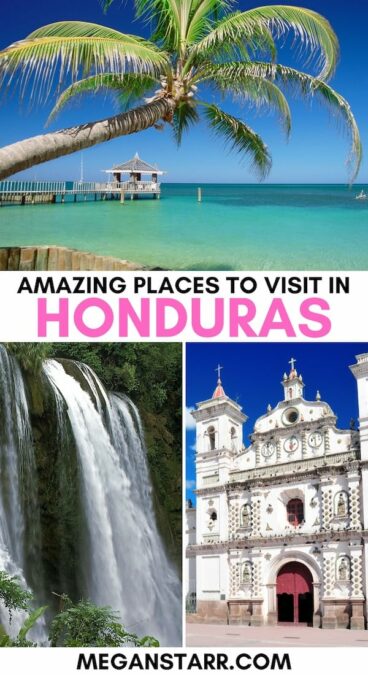Honduras is easily one of the most underrated and least-visited countries in Central America.
Safety concerns have traditionally deterred most visitors, and while there is still a risk in some areas, if you plan your trip carefully, Honduras is still an amazing place to visit!
Honduras has an amazing diversity of landscapes, from stunning tropical islands to postcard Caribbean beaches, forests teeming with birds and wildlife, and misty mountain peaks to conquer.
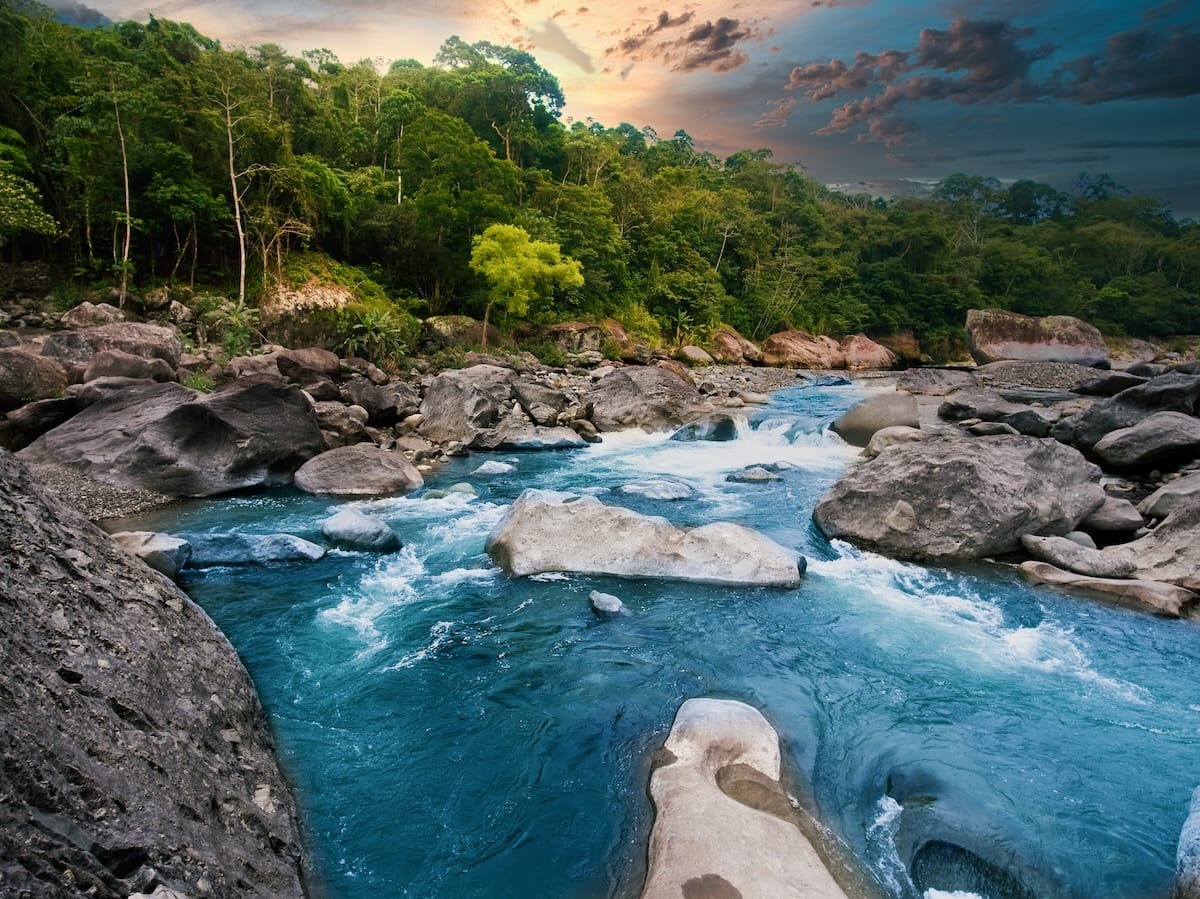
Throw in well-preserved Maya ruins, charming colonial towns, and delicious local cuisine and Honduras is a fantastic destination. Without the crowds or prices of neighboring countries!
So if you’ve decided to give this special country a go, here are the best places to visit in Honduras that you can consider for your itinerary.
In this post...
Best Places to Visit in Honduras
1. Roatan
Roatan is the crown jewel of Honduras’ tourist industry. The largest island of the Bay Islands group, Roatan has been the country’s premier tourist destination for decades, welcoming cruise ships and resort-goers from around the world.
But the island is so much more than just luxury resorts!
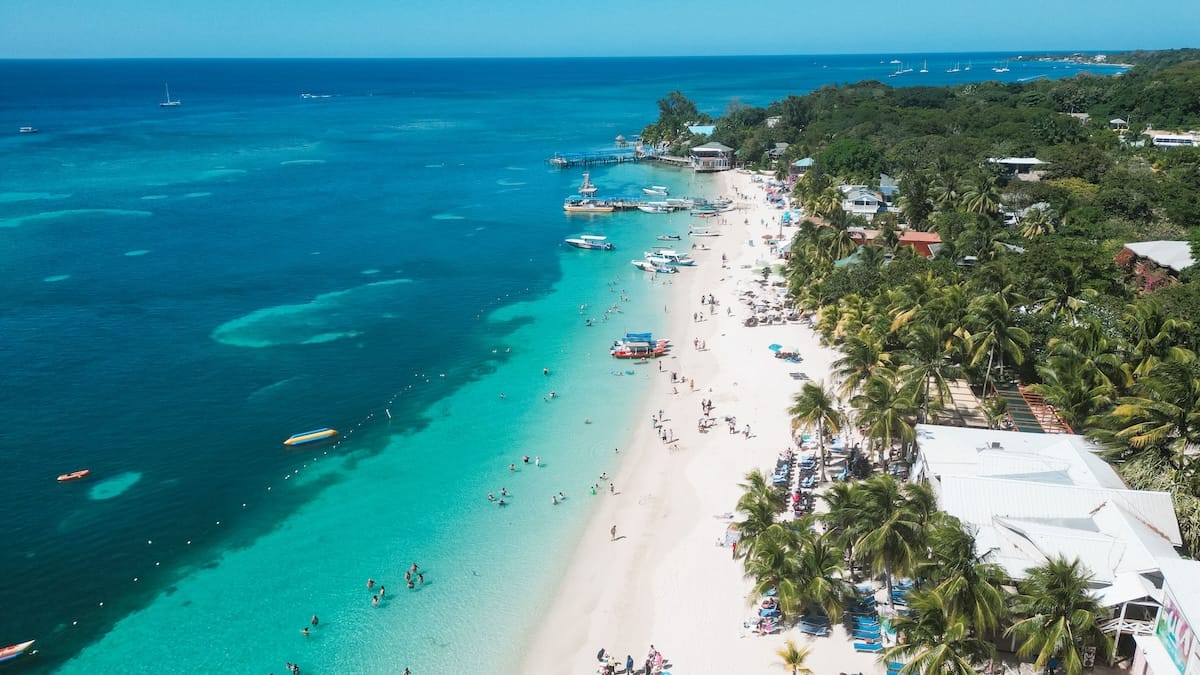
Charismatic West End is a vibrant village with a great mix of tourists, locals, and expats. With colorful clapboard houses, dusty streets, and laidback vibes, it suits a more independent type of traveler.
The beaches are exceptional, some of the best in the Caribbean, with powdery white sand and water so blue you’ll pinch yourself. The wonders continue under the surface, with the Mesoamerican Barrier Reef offering spectacular diving with turtles, eagle rays, and nurse sharks.
Fiery sunsets mark the end of the day in Roatan, and visitors mosey down to the beach to enjoy the show with a local Salva Vida beer or famous island cocktail, Monkey Lala, in hand.
2. Utila
Neighboring island Utila appeals to a younger, budget-conscious traveler. Known as the backpacker party island, this isn’t all Utila is good for.
Distinctively less shiny and developed than Roatan, Utila has a rustic charm that will appeal to anyone seeking a slower pace, not just backpackers. The island lives and breathes scuba diving!
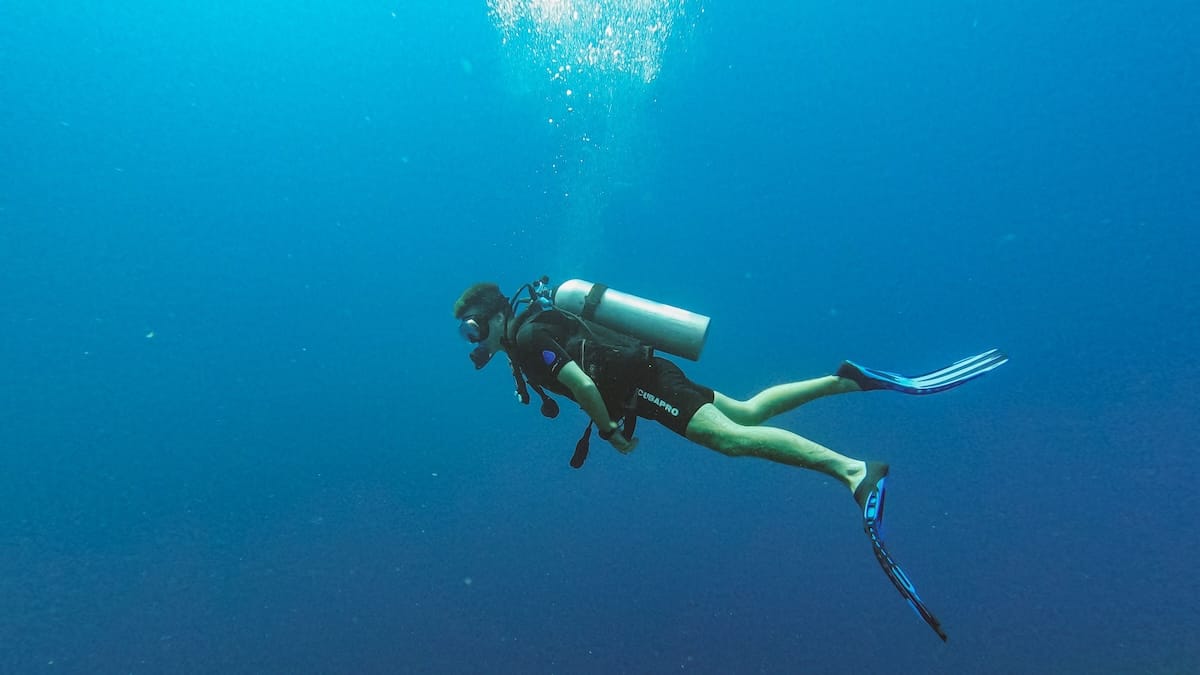
One of the cheapest places in the world to get your dive certification, dive shops line the waterfront, offering attractive packages bundling the course with free dorm accommodation and extra-qualified fun dives.
While most visitors spend the majority of their time on Utila either underwater or with a drink in hand, you can avoid the party scene if you’re not into that, and it’s well worth exploring the sites above the surface.
Rent an ATV for the day to explore the further reaches of the island, laze on local beaches like Bando or Chepe’s, and soak up the spectacular sunsets on a rickety wooden dock each evening.
3. Guanaja
Guanaja is the other island in the Bay Islands. Often forgotten in favor of Roatan and Utila, the third island is a fantastic option for anyone wanting to get off the beaten track.
Accessible via a flight from La Ceiba or a twice-weekly ferry from Roatan, the island offers the same tropical appeal without the crowds.
There are limited cars and only one main road, with most transport done by boat or on foot. There are a handful of low-key resorts and lodging options, but don’t expect luxury.
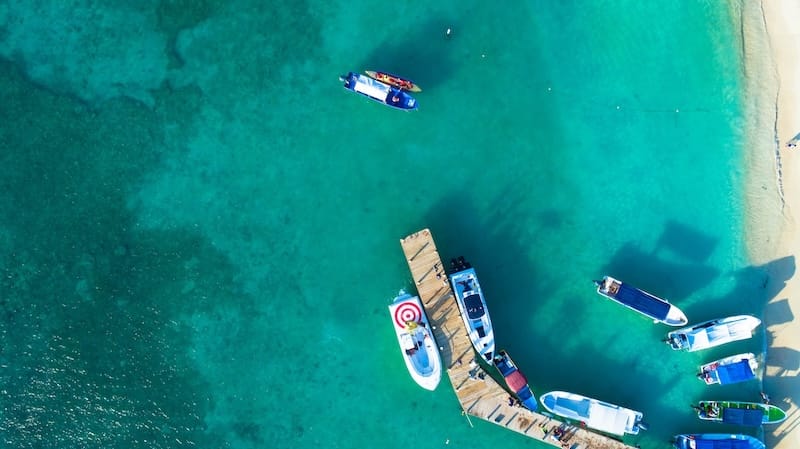
You can enjoy snorkeling or diving on the pristine reef that is practically untouched, compared to the dozens of dive boats departing Utila and Roatan daily.
The island has the same crystal-clear waters and stunning beaches, just without the resorts lined up or hordes of tourists to share with. Water taxis will take you to the beautiful Soldado Beach or Bayman Bay Beach.
Guanaja has a mountainous interior, with hiking trails leading through pine forests to Michael’s Rock Peak and even a waterfall. Birdwatching and fishing are popular pastimes, as is swinging in a hammock and enjoying this peaceful and remote slice of paradise.
4. Tela
Sitting pretty on a palm-lined stretch of the Caribbean coast, Tela is the mainland beach hub of Honduras. It’s got a laidback seaside feel with low-key resorts, seafood restaurants, and pretty beaches.
There are plenty of great things to do around Tela, the most famous being Parque Nacional Jeannette Kawas (aka Punta Sal).
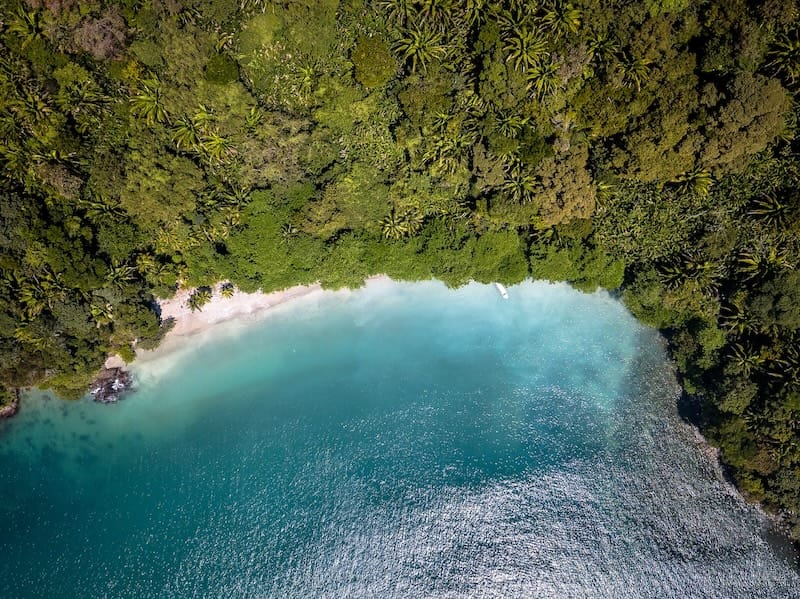
Jump on a boat from Tela with a local tour operator and spend your day snorkeling, enjoying pristine, untouched beaches, and hiking in tropical forests.
Also within easy striking distance of Tela is the Lancetilla Jardín Botánico, an enormous and very impressive botanical garden.
If you’re eager for more wildlife watching, organize a kayaking trip in the Refugio de Vida Punta Izopo, where you might spot monkeys, crocodiles, and plenty of birds in the mangrove estuaries.
5. Rio Cangrejal
Just 6 miles (10 kilometers) down a dusty, bumpy road from the city of La Ceiba is the Rio Cangrejal.
Also referred to by the name of the national park in the area, Pico Bonito, this jungle-clad region is a hub for ecotourism.
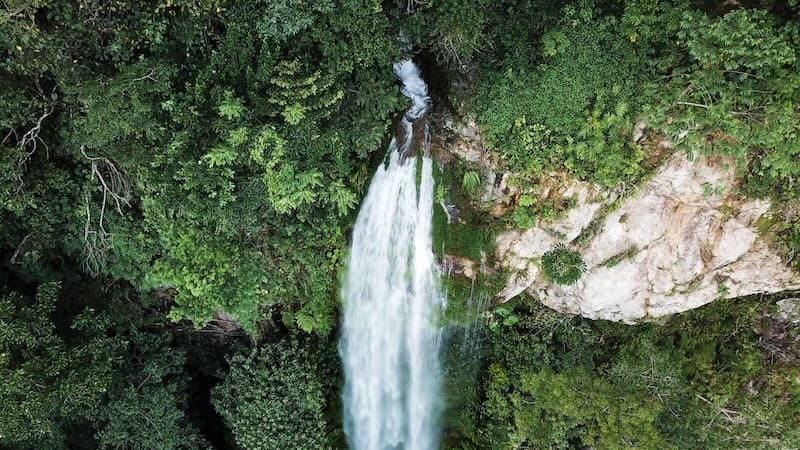
The Rio Cangrejal (Cangrejal River) is the whitewater rafting hub of Honduras. With rapids ranging from class II to V, the river is full of enormous boulders to dodge and narrow canyons to navigate.
Jungle lodges line the river, offering a real eco-experience.
You can hike into the national park in search of birds and hidden waterfalls, or simply spend the day lazing by the river, floating down the rapids, finding natural spa pools, and boulder jumping.
6. La Mosquitia
If you want to get far off the beaten track in Honduras, head for La Mosquitia!
This remote and undeveloped tract of jungle in the northeast corner of the country accounts for a huge portion of Honduras’ landmass yet remains almost entirely unpopulated.
Reserved only for the most intrepid adventurers, and only with the help of expert local guides, this area is not for the fainthearted. It’s about as remote as you can get in Central America, with little development and few tourist amenities.
Known as the Amazon of Central America, the raw and wild region is full of exotic species like tapirs and jaguars and a scattering of small Indigenous communities. Getting to and around La Mosquitia is no joke.
Cut off entirely during the wet season, you can expect a combination of tiny planes, dug-out canoes, and trekking.
7. Lago de Yojoa
Honduras’ largest lake, Lake Yojoa, is a hub for outdoor adventures.
The small town of Los Naranjos at the lake’s northern edge has become a firm fixture on the tourist trail thanks to D&D Brewery and Lodge.
This microbrewery hostel, opened by a brewer from the US, is the last thing you’d expect to find in rural Honduras, but it serves as an excellent base to explore the region.
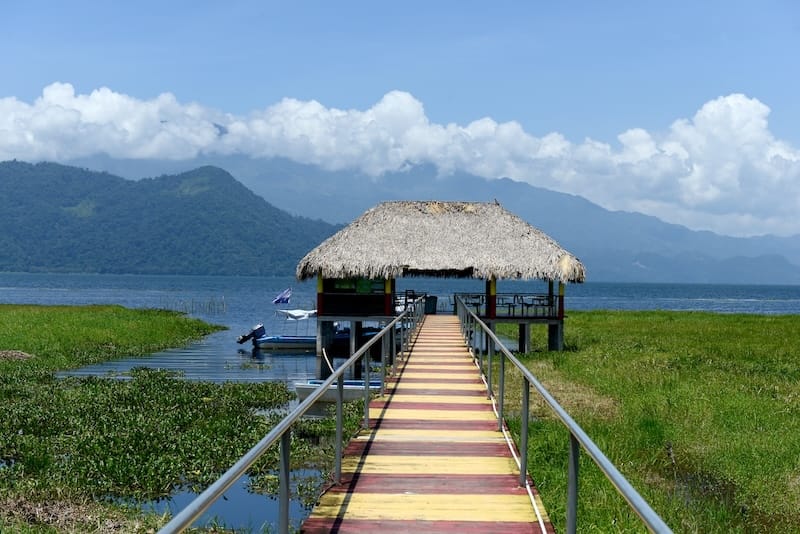
Rent one of the dozens of kayaks lined up along the shore in town and get out onto the lake. Keep your eyes out for the hundreds of species of birds living around the lake and its wetlands.
Flanked by two national parks, there are extensive opportunities for hiking and wildlife watching.
The elusive resplendent quetzal hides in the cloud forests of Parque Nacional Moñtana de Santa Barbara Mountain National Park, while Parque Nacional Cerro Azul Meambar offers trails through dense forest to waterfalls and caves.
8. Copan Ruinas
Home to the UNESCO World Heritage-listed Mayan city of Copan, this charming pueblo in the western highlands is one of the only towns on the mainland to draw any significant tourist attention.
The ancient city is an impressive archaeological site with many well-preserved structures.
The Mayans living here at its peak between AD 300 and AD 900 were master carvers, and the soft stone used to build the city enabled them to craft detailed and intricate sculptures and stelae.
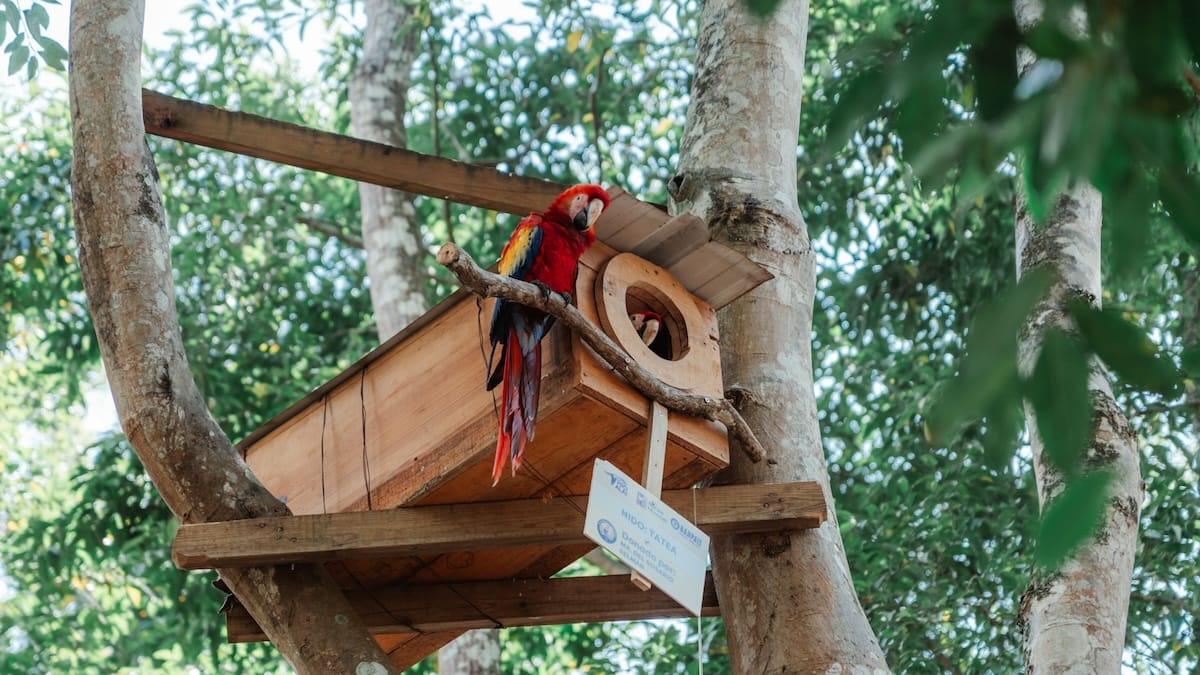
The town of Copan Ruinas has plenty more on offer, and this is the best place to encounter the national bird of Honduras, the scarlet macaw.
Thanks to repopulation programs, you’ve got a good chance of seeing (or hearing!) the birds in the ancient city, where there are artificial nests and regular feedings to ensure the newly released birds survive in the wild.
The Macaw Mountain Sanctuary, heavily involved in this conservation program, offers a closer and guaranteed look at these vibrant birds, among other species.
The valley around Copan is fertile, and visitors can take tours of working coffee fincas. There are also hiking opportunities, horseback rides, and geothermal hot springs to explore.
9. Gracias (Lempira)
The town of Gracias is always referred to alongside its department of Lempira, to differentiate from the Department of Gracias a Dios in the far northeast.
This quaint colonial town was once the capital of the Spanish colonies in Central America and is also the birthplace of Indio Lempira.
The namesake of Honduras’ currency, Lempira was a ruler of the Indigenous Lenca people who fought against the Spanish.
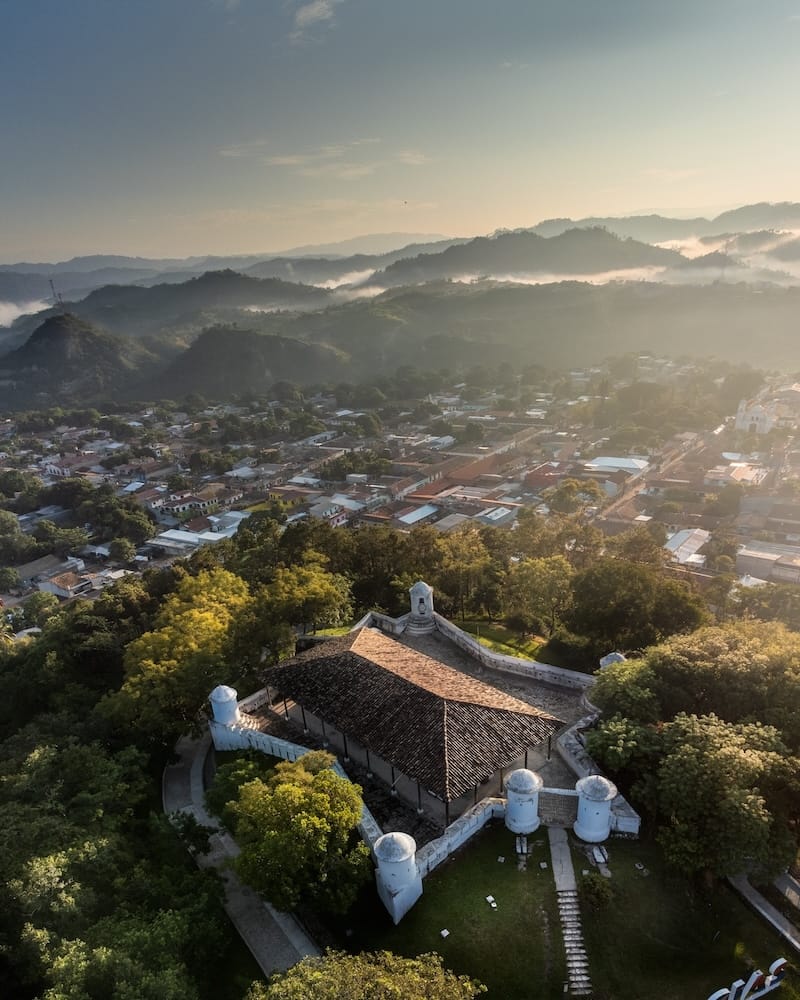
Today, Gracias is a very charming town with crumbling colonial architecture, cobblestone streets, and a friendly, welcoming vibe. It’s a rural area, surrounded by coffee farms sitting at the foothills of Honduras’ highest peak, Cerro de las Minas.
Housed inside the Parque Nacional Celaque, there are miles of trails to explore the lush cloud forest if you’re not keen on the tough trek to the summit.
Don’t forget to keep an eye out for quetzals! Soak weary muscles in the region’s many agua termales (hot springs).
10. Comayagua
Not a typical stop on most travelers’ Honduras itinerary, Comayagua is a gorgeous colonial city.
The recent opening of the new Palmerola International Airport near the city, which replaces the airport in the capital, makes Comayagua an attractive stopover when arriving or departing the country.
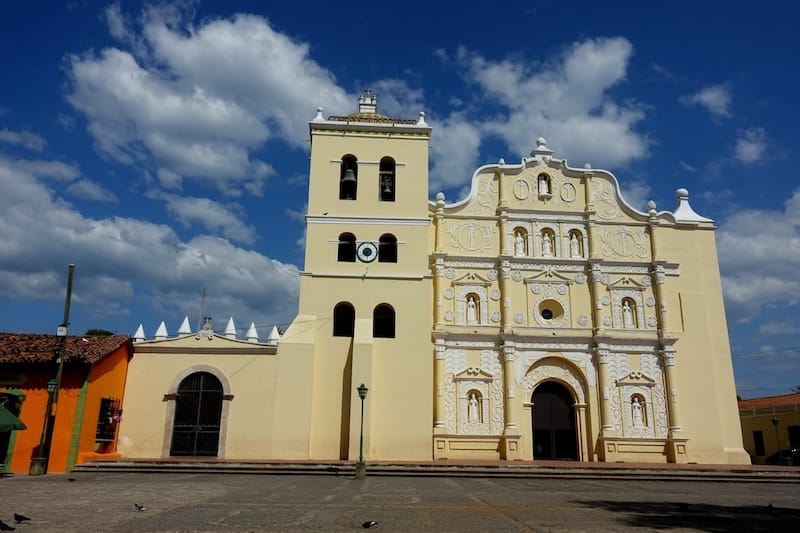
Comayagua is the former capital of Honduras, and the preserved colonial architecture feels as if you’ve stepped back in time.
The city has a spectacular cathedral that houses one of the oldest clocks in the Americas. There are several museums and a lively central plaza that offer an authentic glimpse of local life in Honduras.
The surrounding valley has lots of outdoor activities too. The Parque Nacional Montaña de Comayagua has various trails with waterfalls, scenic viewpoints, and wildlife spotting.
Places in Honduras: On a Map!
Quick Tips for Visiting Honduras
With so many wonderful places to visit in Honduras, you’re probably busting to jump on a plane and start exploring. But here are some important travel tips to help plan your trip.
Best Time to Visit
The best time to visit Honduras is during the dry season. High temperatures, humidity, and heavy rains can impact travel during the wet season.
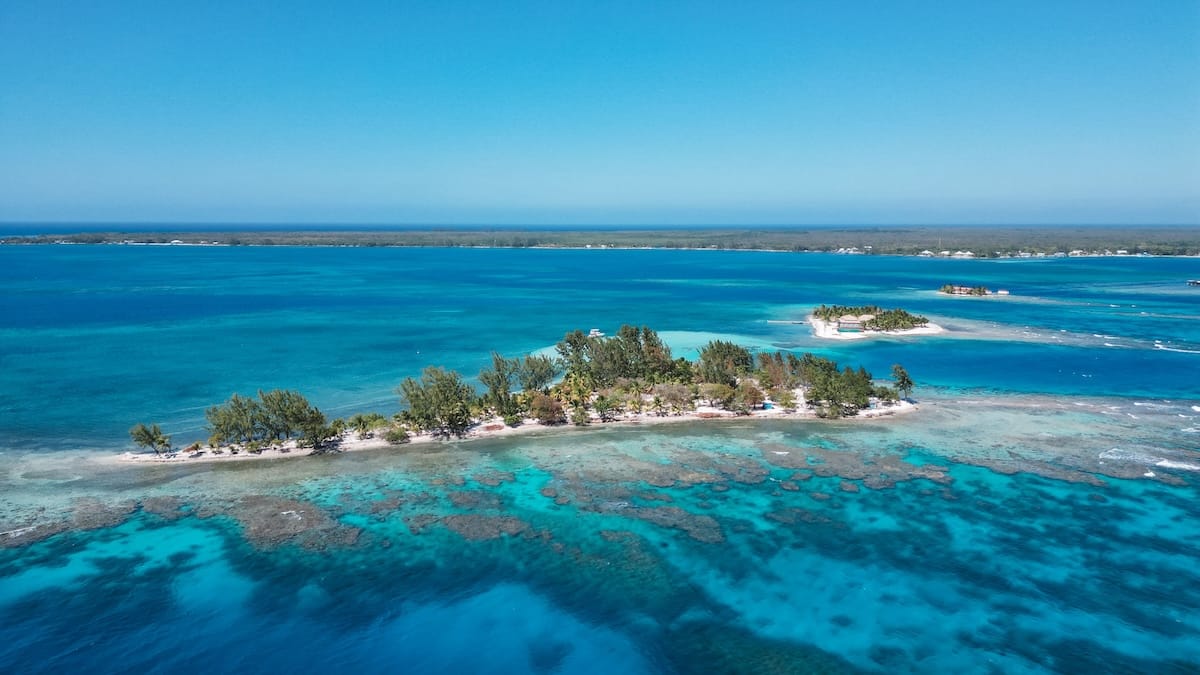
The mainland experiences a slightly different dry season to the Caribbean coast and Bay Islands. On the mainland, the dry season is generally from November to April. In the Caribbean, it is from March to August.
Getting to Honduras
There are three international airports in the country: Roatan, San Pedro Sula, and Comayagua. It’s also possible to enter Honduras via land borders with neighboring Guatemala, El Salvador, and Nicaragua.
Citizens of many countries can visit Honduras visa-free. Honduras is part of the CA-4 agreement with Guatemala, El Salvador, and Nicaragua, which grants 90 days total across the region.
You may be asked to show proof of onward travel when entering the country and a yellow fever vaccination if you are from or have recently traveled to affected countries.
Getting around Honduras
Domestic flights, ferries to the Bay Islands, long-distance buses, local chicken buses, and colectivos are the main methods of getting around the country. Car rental or private transport is also possible.
Honduras Currency
Honduras uses the Honduran Lempira (HNL or L). There are a variety of notes and coins in circulation.
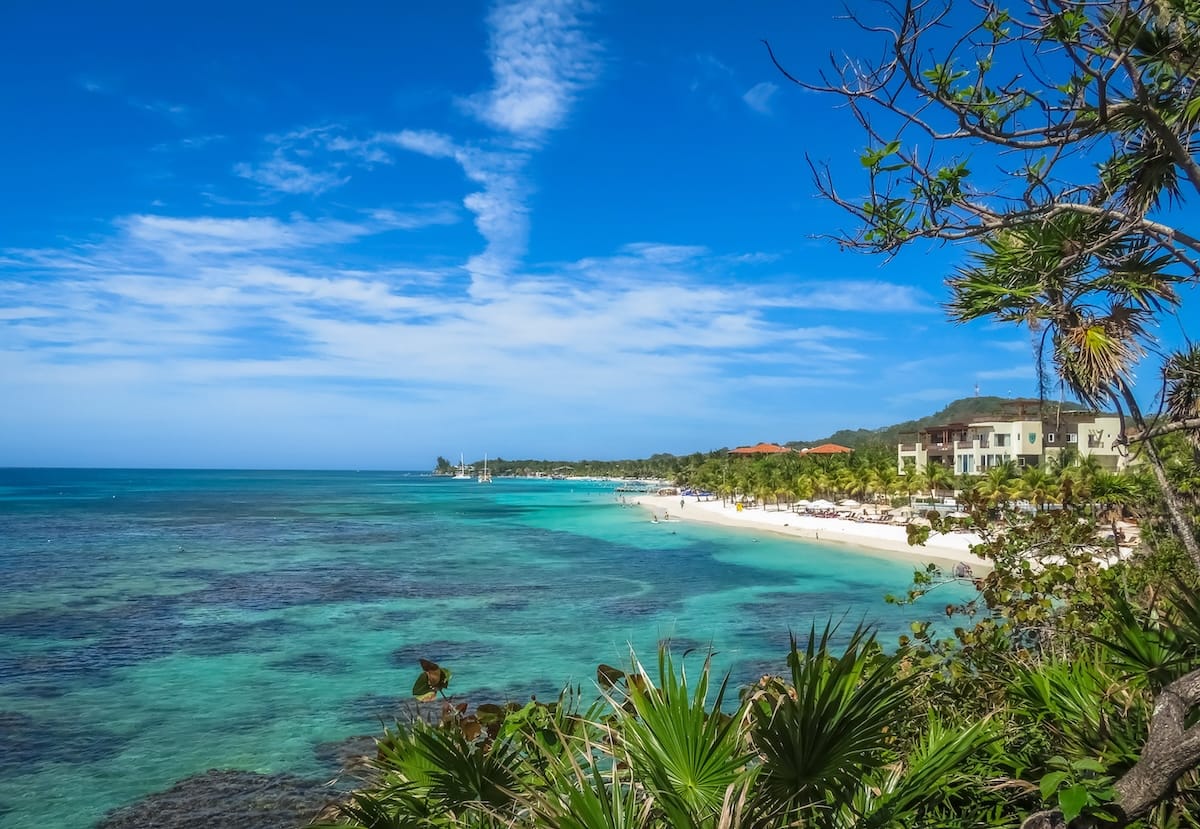
The current exchange rate is approximately 25 HNL = 1 USD. US dollars are accepted in touristy areas like the Bay Islands, although the rate is generally more favorable if you pay in local currency.
Cash or Card?
Credit cards are accepted in larger cities and touristy areas, but cash is king in Honduras. Never assume you’ll be able to pay by card.
ATMs are widely available throughout the country, although if you’re going somewhere remote, stock up on cash in advance. Only use ATMs affiliated with banks to reduce the risk of skimming. Banco Atlántida offers free withdrawals.
Phones and SIM Cards
Tigo and Claro are the main phone carriers in Honduras, and it is simple to buy prepaid SIM cards when you arrive either at the phone company’s stores or in local tiendas.
Both carriers offer generous data plans for very affordable prices.
Do you have any questions about finding the best places to visit in Honduras (and any quick tips for planning that trip)? Let me know in the comments! Thanks!
More Central America & Caribbean Travel Guides
- Things to do on St. Thomas
- Things to do on St. John
- Things to do on St. Croix
- Things to do in La Fortuna, Costa Rica
Pin this Honduras Best Places to Visit Guide
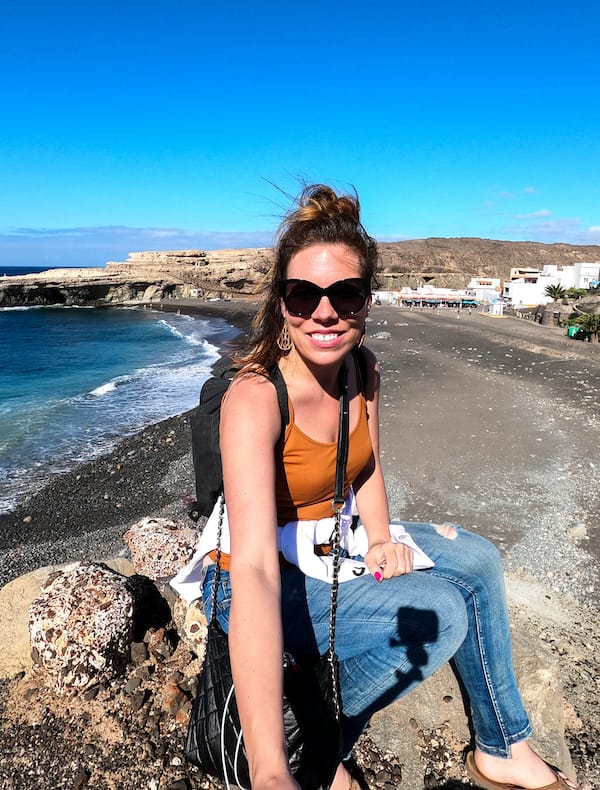
Megan is a travel blogger and writer with a background in digital marketing. Originally from Richmond, VA, she now splits her time between Frankfurt, Germany and Arctic Finland after also living in Norway, Armenia, and Kazakhstan. She has a passion for winter travel, as well as the Nordic countries, but you can also find her eating her way through Italy, perusing perfume stores in Paris, or taking road trips through the USA. Megan has written for or been featured by National Geographic, Forbes, Lonely Planet, the New York Times, and more. She co-authored Fodor’s Travel ‘Essential Norway’ and has visited 45 US states and 100+ countries.

